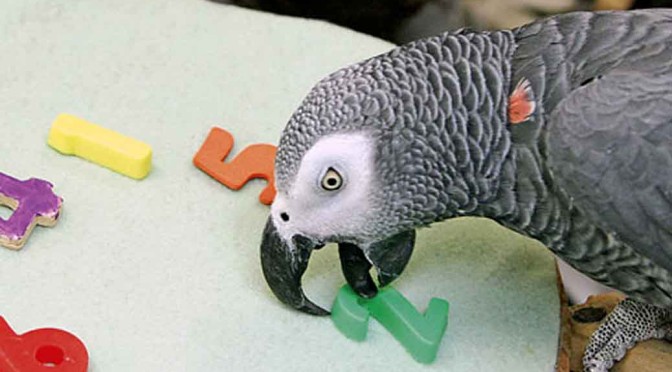By Anupum Pant
Have you ever heard people say that we use just 10% of our brains and 90% of it is lying dormant waiting to get awakened? I’ve heard this all the time, from parents, teachers and “self-help” gurus. And that what I believed too, until a couple of years back when I read it on the internet that it was so not true! Later, I came across an informative science video (shared below) which explained otherwise. Of course it came from someone whose authority we can trust in – TED education.
The 10% thing is a myth has already hit most well-informed people, and yet I’ve heard it once again now. This is coming from an upcoming Hollywood movie trailer. I just watched it and it made me uneasy that people are still propagating it. This was the reason I wanted to make it clear to every one who reads my blog that “we use just 10% of our brains” is a pure myth.
Well, if you haven’t heard people say that, you will, in a couple of days, when the sci-fi movie Lucy will hit the theatres. Or you probably have already seen its trailer. If you haven’t seen it yet, watch it below. I was totally flabbergasted by the concept, I think this movie is based on. Pay attention at the 1:11 mark.
But, then it’s only a movie. When other sci-fi movies can show reverberating explosions in space making huge sounds, and people talking in space, it is only normal for Morgan Freeman, a neuroscientist in the movie, to say:
It is estimated most human beings only use 10 percent of the brain’s capacity. Imagine if we could access 100 percent. Interesting things begin to happen.
No!
The myth that humans are only capable of using around 10% of their brain capacity has floated around for a very long time. So much that more than 65% of the people believe that it’s true! There are a number of levels on how this statement is wrong, I cannot even begin to explain. TED makes it easier for me to put across the argument…
Some time ago, a MythBuster Tory Belleci, hooked himself up to a neuroimaging device (magnetoencephalogram) which is able to measure the feeble magnetic fields generated by the brain’s electrical activity. During this time, he involved himself in some memory drills, math calculations, word associations and image comparisons. 35% of his brain showed activity. But again, in order to prove the 10% myth wrong (which they did), it meant that only a certain percentage of the brain was lighting up.
35% might mean to someone that removing 65% of the unused brain shouldn’t make a difference in our cognition. But we know how even tiny lesions can impair normal function. So, myth busters didn’t mean that.
35% in only what we can measure. There’s a lot that happens in there without us having figured it out (yet). Or like the video puts forward a solid argument – “by now evolution would have gotten rid of 90% of the parts which the myth says we don’t use.”
However, not completely relying on what the myth busters “proved”, you might want to have a look at this insightful answer by a computational neuroscientist, Paul King. Turns out myth busters were not totally right. Again, that doesn’t make the 10% myth true.
We do not use all of the different areas of the brain at the same time because they have different functions. The closest the brain gets to being completely active is during a seizure. At any time there is only a percentage of the brain active. – [Source]
Bad news for people looking to unlock the full potential of their brain by some mystical methods, one thing is for sure, the following is definitely not true.
we use only a certain percentage of our brain at one time, meaning we are not using it to its full potential. No!











